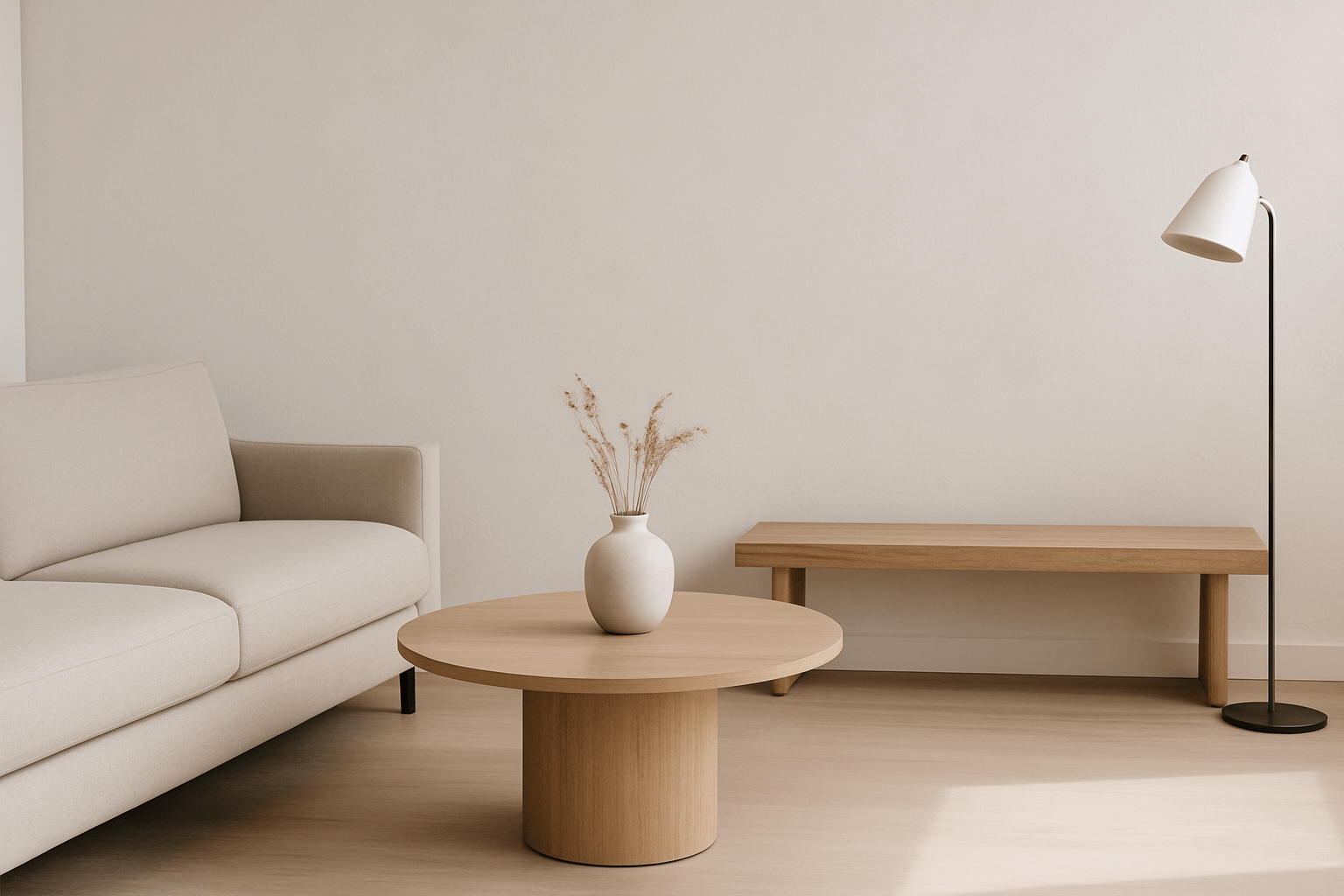Why Light and Shadow Are Central to Minimalism
In minimalist design, where less is present, everything that remains matters more. And nothing transforms a space more quietly — and more powerfully — than light and shadow.
While furniture, material, and layout form the physical space, light and shadow shape its mood, rhythm, and emotion. They create softness, drama, and texture without adding a single object.
1. Light as a Design Element
Light is not just illumination — it's a material. In minimal interiors, it helps define:
-
Where attention falls
-
How surfaces reveal their texture
-
How a space feels throughout the day
Instead of competing with decorative elements, minimalist spaces let light take center stage.
Natural light, in particular, is dynamic. It changes by the hour and season, bringing subtle life to even the stillest space.
2. Shadow Adds Depth and Contrast
Where there is light, there is always shadow. In minimal homes, shadow is a design tool:
-
It introduces depth and contrast to flat surfaces
-
It emphasizes form and silhouette
-
It makes materials — stone, wood, linen — feel richer
Soft shadows soften hard lines. Sharp shadows make simple elements more sculptural. In essence, shadows carve atmosphere into space.
3. Use Directional Light to Sculpt Space
In minimalist rooms, small changes in light direction make a big impact.
-
A side-lit object casts longer shadows and feels more dimensional
-
A pendant over a table creates an intimate focus
-
A window at sunrise versus sunset changes the emotional tone of the room
By being mindful of where light hits — and what it touches — you shape the entire experience of the space.
4. Materials That Play Well with Light
Certain materials amplify the light–shadow relationship:
-
Plaster or matte paint reveals soft gradients
-
Raw wood absorbs and reflects light in uneven ways
-
Linen curtains diffuse harsh daylight into a gentle glow
-
Glass and mirrors add complexity without adding clutter
Minimalist design often favors materials that are quiet in color but rich in how they handle light.
5. Nighttime Mood: Low and Layered Lighting
As the sun goes down, lighting must be intentional — not clinical.
In the evening:
-
Use multiple light sources (floor lamps, sconces, candles)
-
Avoid harsh overhead lights
-
Focus on warm temperature bulbs for a soft, calming tone
Minimalism at night should feel inviting, not empty. Lighting is how you make that transition.
Final Thought
In minimalist design, light and shadow are the unsung heroes — shaping mood, guiding focus, and adding silent drama.
They allow fewer objects to do more. They remind us that emptiness is not absence — it’s potential.
To design with light is to design with emotion.
















